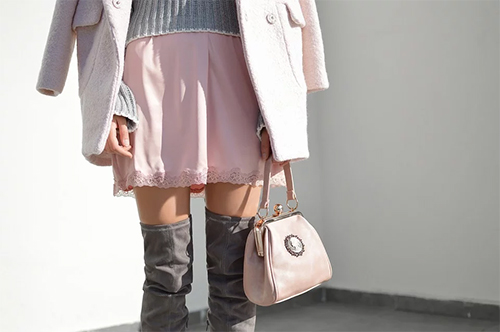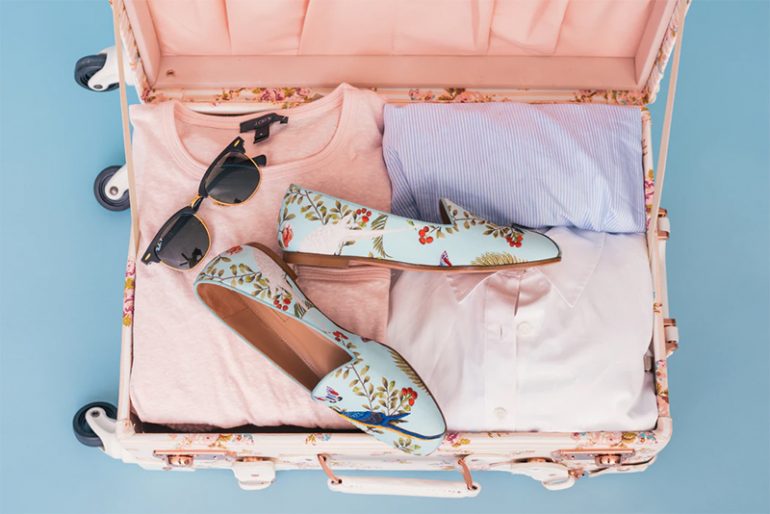Are you stuck with the dilemma of having nothing to wear again? But upon closer inspection in your closet, there are lots of things you can wear, but you are not just in the mood for it. There are times that you think that your clothes are lackluster because they mostly come in non-colors such as black, white, and grey. You fear color because it might clash with your skin tone, despite the urges you have for wearing a cherry red sweater or a pair of bright turquoise pants. You don’t have to be afraid of color anymore – try using the seasonal color analysis to help you ease into the world of rainbows and its different saturations.
Seasonal color analysis started in the 80s with Carole Jackson’s book ‘Color Me Beauty’ which became a best seller during its heyday. The important things to note before you find out which colors suit you best are your skin tone and your eye and hair colors. After finding out those three factors, you will then find out which seasonal category fits you: winter, spring, summer, and autumn.
You can take this test as a short cut, but this article will delve deeper into its basics. Our skin usually comes in warm or cool tones. One way to check it is through our veins: if you have more green ones than blue, then you have a warm skin tone. If you have blue, then you are cool. Another method is through the white paper test, wherein you stand in front of a mirror with said paper beside you. If your face seems to cast a yellow tinge on the paper, then you are warm. If there is a blue cast, then you have a cool skin tone.
Our hair and eyes come in different colors, but they are already classified to make things easier. Standard cools are those who have blue, blue-grey, or grey eyes with blond, brown, or black hair. Standard warms have brown, black, or hazel eyes with black, blond, brown, and strawberry blond hair.

Those who fall under cool can either be winter or summer. Cool winters usually have dark hair and look great in non-colors such as black and white and deep jewel tones. Cool summers have light hair and can pull off desaturated tones (e.g. blue-grey, soft pinks, heathers, or charcoal), but not bright colors.
Those who categorize under warm are either autumn or spring. Warm autumns have dark hair and look amazing in earth tones like olive, golden browns, and warm greys. Pastels, clear bright shades, and non-colors aren’t that flattering on them. Warm springs have light hair (sometimes with gold or red undertones) and can rock beautiful shades like aqua, salmon, and turquoise. To balance those colors, they can also pull off warm neutrals like khaki, off-white, and stone.
These four are the basic typologies, but there is now an updated version that covers up to 12 types. The latest classification takes into consideration those who have neutral skin tones. Although this is just a brief introduction to seasonal color analysis, let this be a guide on how you can step up your wardrobe and add more color to your life.
Photo Attribution:
1st and featured image from https://unsplash.com/photos/Nl-SXO4FAHw
2nd image from https://pixabay.com/photos/people-woman-fashion-winter-2591870/
